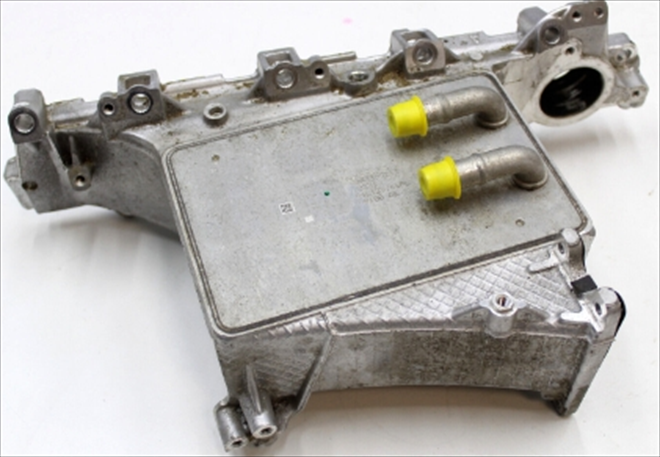

This is George's complaint: "The two-litre Superb has a problem with reduced uphill performance, sometimes to the point of a complete stop. The workshop borrowed the entire common rail (including the pressure sensor and control valve) from another car - no change. The engine has fuel, but the OEM diagnostics doesn't report anything."
George collected a small package from the post office and after unpacking it, he connected the received Logger to the diagnostics connector of his Superb 4x4, which, at least in his words, is "scared of hills". He makes a recording and waits at home drinking his coffee to see what happens.
FCD Garage handles several similar "remote" requests a week. These cars wouldn't even physically fit in the workshop. The waiting list for workshop orders is for two months ahead. And since Shorty is very busy, LF helps him out when there's too much work...
LF: "We don't actually see the customer or the car, but we see their "ECG". Why "their"? Because we record the ECG when the car is moving under load which includes the driver's influence and the entire dynamic behaviour, how he is "stepping on the pedal" and how the car is behaving. In this particular case the car is even "resisting", which is the principle of our FCD Logger recording."
George and I are drinking coffee 78 km apart. I (LF) can already see that the recording from his Logger #7611 has been automatically uploaded. I am downloading it from the FCD Cloud already half-prepared. I eat biscuits and write this, among other things, into the log:
"Need to look into why the airflow sensor is showing such a low value... the relatively high temperature downstream of the intake air cooler could be linked to this. Verify whether the sensor is defective or if the temperature is actually too high due to some other cause." I'm writing this because at full power, the charge air temperature is the same in front of as behind the intake air cooler. It looks as if the car doesn't have an air cooler...
"I can confirm that the fault has been rectified. The problem was a blocked and essentially "uncooled" charge air cooler (by cooler, I mean the aluminium unit directly attached to the engine block, not the radiator behind the front grille. The cooling fluid wasn't flowing through the cooler, and the charge air wasn't cooled at all. When it reached temperatures of about 130 to 140 degrees, some automatic engine protection software probably reduced the amount of fuel until the engine came to a complete stop."
George continues worriedly, "What strikes me here is that the manufacturer's system doesn't indicate a problem with cooling and therefore engine overheating, but only "bluntly" reduces the engine power until it stops. After cooling down below 130-140 degrees, the engine begins to run normally again until the charge air overheats again."
After flushing the charge air cooler, the outlet temperature dropped below 60 degrees. Verifying its open flow is simple. Disconnect the hose at the outlet and run the pump to verify that water is flowing through. Adds George...
FFCD Logger, or rather FCD Cloud, where the evaluation is performed, has huge reserves in the programming of recognition algorithms. And since we're working on new ones, I'm probably going to be robbed of the coffee and the biscuits, because after one of the future software updates on the cloud, the log will show an analysis like this: "NON-FUNCTIONAL CHARGE AIR COOLER - STOP. PAY ATTENTION TO TEMPERATURE SENSING AND CHARGE AIR COOLER - STOP." The future looks bright with the FCD Logger.
Here is the FCD Logger video link: FCD LOGGER - English on Vimeo
Other videos of our services: FCD service - Tarif PARTNER (Beta) - FCD Shop

This fault is sneaky because it's creeping and occurs slowly, and the car doesn't report any defects. It's just a slow reduction of power. The cooler itself is not to blame. The owners or the garages are usually and almost entirely to blame because they either don't change the fluid or use the wrong fluid type. Then deposits get into the fine channels, and the cooler restricts coolant flow. Engine power then decreases.

Clues that diagnostics can clearly read. If this fault can limit power to a vehicle standstill without saving any fault codes, then Volkswagen's software designers and developers need to spend more time in the workshop...
Komentáře (0)
Vložit soubor